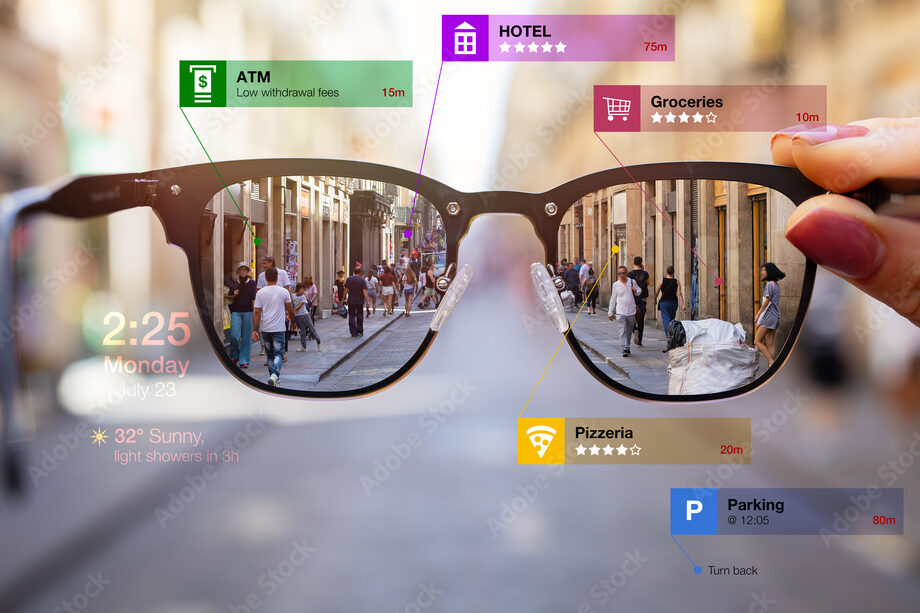In the not-so-distant past, getting from point A to point B often involved squinting at paper maps, following vague road signs, or relying on a friendly passerby’s directions. Today, we’re living in an era where technology has completely transformed the way we navigate our world. One such transformation that has been gaining traction is Augmented Reality (AR) navigation. This innovative approach to mapping and wayfinding merges the physical world with the digital, revolutionizing the way we explore and interact with our surroundings. In this blog post, we’ll dive into what AR navigation is, its benefits, and how it’s reshaping the world of navigation.
What is Augmented Reality Navigation?
Augmented Reality (AR) is a technology that superimposes digital information and objects onto the real world. AR navigation takes this concept and applies it to the world of travel and exploration. It utilizes a combination of GPS, sensors, cameras, and smart devices to provide users with real-time, context-aware information and guidance. Here’s a closer look:
1. Real-time Overlays: AR navigation systems use sensors to understand your location and orientation. They then overlay relevant digital content onto your view, such as directions, points of interest, and more.
2. Head-Up Displays (HUDs): Instead of glancing at a separate GPS screen or smartphone, AR navigation often employs HUDs, which project information directly into your field of vision.
3. Indoor Navigation: It’s not just for outdoor use. AR navigation can help you find your way in large indoor spaces like airports and shopping malls, too.

Benefits of Augmented Reality Navigation
Now that we understand the basics of AR navigation, let’s delve into why it’s creating such a buzz:
1. Enhanced User Experience: AR navigation makes navigation more intuitive and engaging. It overlays digital information seamlessly onto your surroundings, making it easier to understand directions and find what you’re looking for.
2. Safety First: In the context of driving, AR navigation reduces distractions by providing directions within your line of sight. This keeps your attention on the road, contributing to safer driving.
3. Efficiency: AR navigation optimizes routes, provides real-time traffic updates, and helps you save time and fuel. It’s like having a personal navigator guiding you to your destination efficiently.
4. Accessibility: It can assist people with disabilities, such as offering audio instructions for visually impaired users.
5. Educational and Tourism Enhancement: For tourists and explorers, AR navigation can provide historical, cultural, or informational content about landmarks and attractions, making the experience more enriching.
6. Data Insights: AR navigation collects valuable data about user preferences, traffic patterns, and location information, which can be used for various purposes, from urban planning to business strategies.
7. Competitive Advantage: Developing innovative AR navigation applications can give businesses a competitive edge by offering unique features that attract users.

Final Thoughts
Augmented Reality (AR) navigation emerges as a transformative force with the potential to redefine how we navigate and interact with our surroundings. Its benefits range from safety enhancements to educational enrichment, and its future promises seamless integration into our daily lives. However, responsible development and addressing challenges are imperative for its continued success. As AR navigation continues to evolve, it embodies the potential of technology to enhance our experiences, connect us with our environment, and drive progress in countless ways.
